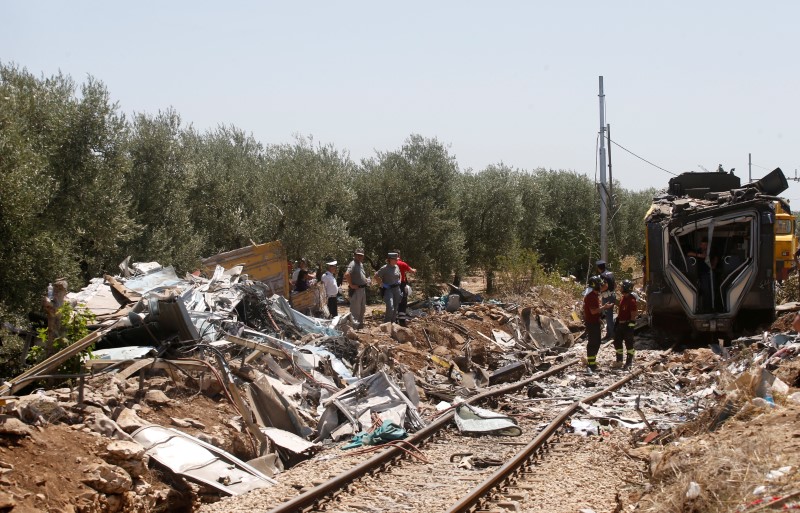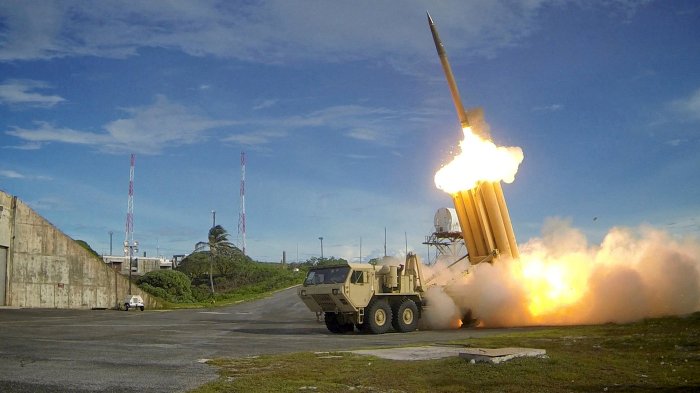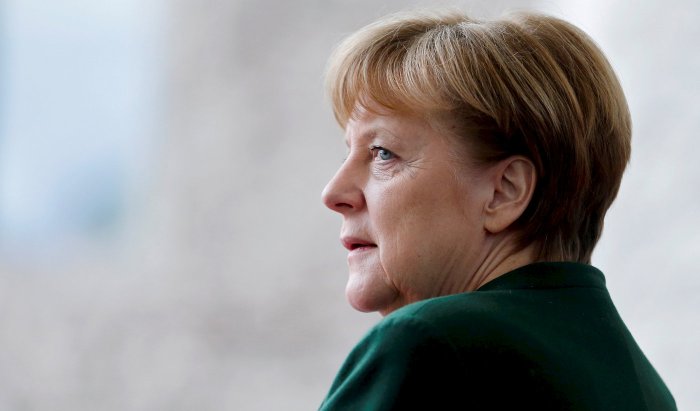By Isla Binnie
ROME (Reuters) – As rescuers dig through the wreckage of one of the worst rail crashes in Italy’s history, the disaster has highlighted the country’s struggle to harness European Union funds meant to improve its creaking infrastructure. Two passenger trains ploughed head-on into each other on Tuesday on a single track in the southeastern Puglia region, killing 23 people and injuring dozens.
The sole line between the towns of Corato and Andria has no high-tech signaling system, meaning station managers have to call each other to warn that a train is en route, just as they have done for half a century. Investigators are looking into whether human error was to blame, but the tragedy could have been avoided if long-standing plans to build a second line had been followed through.
The EU set aside 180 million euros ($200 million) in 2009 to upgrade the entire 77-km (50-mile) line but the project has been bogged down by Italy’s twin scourges of bureaucracy and inefficiency. Massimo Nitti, the director general of private company Ferrotramviaria that runs the rail service, dismissed suggestions that his firm was to blame for the foot dragging, telling Norba TV that red tape had tied up the project. “We Italians know what our problem is. Obtaining permits here takes 60-80 percent longer than anywhere else in Europe, not to mention tenders that are contracted out and that get stuck for a few years waiting for (court) rulings,” he said. The EU has agreed that the money originally set aside for the track modernization should be made available until 2020, well beyond the original 2014 deadline.
It is not the first time Italy has had to ask for funding to be held open for much longer than expected. Between 2007 and 2013, of the 27 countries that were then in the European Union, only Romania proved less efficient in utilizing EU funds, according to European Commission data. Economists say Italy’s thicket of rules and regulations is one of the reasons why the economy has proved such a serial underperformer over the past two decades.
DEADLOCK
On Wednesday, Transport Minister Graziano Delrio, from Prime Minister Matteo Renzi’s ruling Democratic Party (PD), told a parliamentary hearing that the government would now invest 1.8 billion euros in local public transport. He was promptly harangued by Giuseppe D’Ambrosio, who comes from Puglia and is a member of the PD’s main political opponent, the anti-establishment 5-Star Movement (M5S).
“Now there is a tragedy, as usual in Italy, the works start, now we speed things up,” D’Ambrosio said.
He said he had asked regional authorities for an update on the track upgrade last year and been told: “We’ve given everyone the go-ahead. We don’t know why the local administration is completely blocked and the work isn’t going ahead.” Central government bought up nearby farmland needed to build a second track and Ferrotramviaria made the first invitation to tender in 2012. But still nothing moved.
A regional government ruling in July 2014 said the deadlock had been caused by delays obtaining technical opinions from the local city administrations. D’Ambrosio said central government had not been sufficiently supportive. In 2014 the European Commission set up a task force to try to improve implementation of its funding programs in eight EU states with a poor track record. All except Italy were in the relatively poor, formerly communist eastern Europe. Roberto Perotti, an economics professor and former government adviser, says that Italy’s use of EU funds is such a “disaster” it should give up its right to the money and use the cash that it has to provide to co-finance such schemes on cutting taxes. “A lot of the projects financed with EU money are useless or even damaging,” said Perotti. “We would be better off not taking it and asking for a corresponding discount on what we pay into the EU.” ($1 = 0.9003 euros)
(Additional reporting by Vincenzo Damiani in Bari and Gavin Jones in Rome; Editing by Robin Pomeroy)
Deadly rail crash shows up Italy’s struggle to put EU funds to work

By Isla Binnie


















